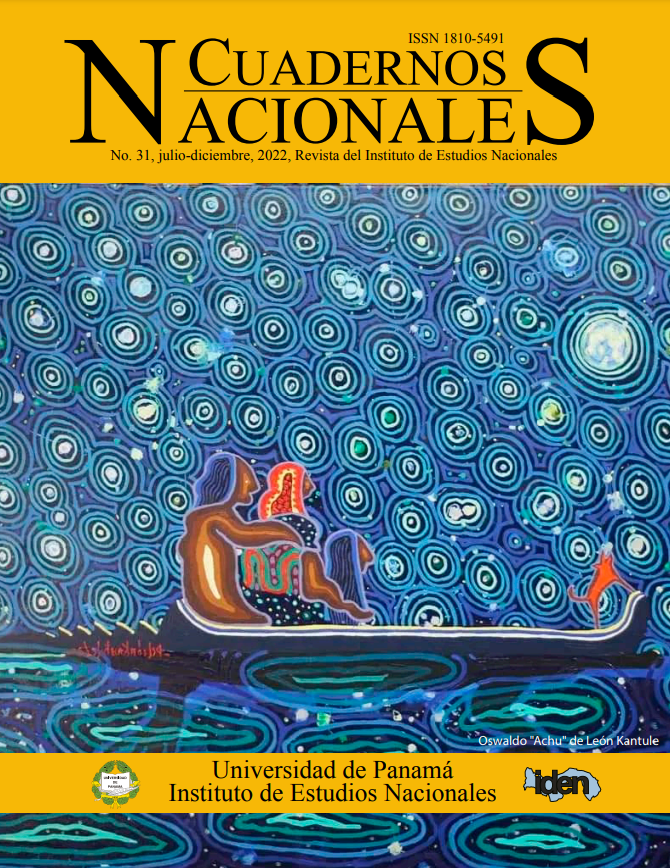References
BECKER, G. S. 1964. Human capital : a theoretical and empirical analysis, with special reference to education, New York, National Bureau of Economic Research ; distributed by Columbia University Press.
BECKER, G. S. & TOMES, N. 1985. Human capital and the rise and fall of families, London, Canada, Dept. of Economics, University of Western Ontario.
CENSO, I. N. D. E. Y. 2010 y 2019. Encuesta de mercado laboral de Panamá. Anual. Agosto de 2010 y de 2019 ed. Panamá: Instituto Nacional de Estadistica y Censo.
CUREA, ?. C. & CIORA, C. 2013. The impact of human capital on economic growth. Quality - Access to Success, 14.
DITTMAR, J. E. & MEISENZAHL, R. R. 2020. Public goods institutions, human capital, and growth: Evidence from german history. Review of Economic Studies, 87.
FIX, B. 2018. The Trouble with Human Capital Theory. Real-World Economics Review.
GHEZ, G. R. & BECKER, G. S. 1975. The allocation of time and goods over the life cycle, New York, National Bureau of Economic Research : distributed by Columbia University Press.
GROSSBARD-SHECHTMAN, S. 2006. Jacob Mincer : a pioneer of modern labor economics, New York, NY, Springer Science + Business Media.
MARGINSON, S. 2019. Limitations of human capital theory*. Studies in Higher Education, 44. MINCER, J. 1974. Schooling, experience, and earnings, New York, National Bureau of Economic
Research; distributed by Columbia University Press.
MINCER, J. 1993a. Studies in human capital, Aldershot, Hants, England ; Brookfield, Vt., E. Elgar. MINCER, J. 1993b. Studies in labor supply, Aldershot, Hants, England ; Brookfield, Vt., E. Elgar. MUNDIAL, B. 2014. Índice de Gini [Online]. Available:
http://datos.bancomundial.org/indicador/SI.POV.GINI [Accessed 2017].
NATIONS, U. 2019. Sustainable Development Goals Fund [Online]. Washington, D.C.: Union Nations.
Available: https://www.sdgfund.org/es/programas [Accessed 2021].
OLOPADE, B. C., OKODUA, H., OLADOSUN, M. & ASALEYE, A. J. 2019. Human capital and poverty
reduction in OPEC member-countries. Heliyon, 5.
PEREZ-ALVAREZ, M. & STRULIK, H. 2021. Nepotism, human capital and economic development.
Journal of Economic Behavior and Organization, 181.
PRASETYO, P. E. & KISTANTI, N. R. 2020. Human capital, institutional economics and entrepreneurship as a driver for quality & sustainable economic growth. Entrepreneurship and Sustainability Issues, 7.
ROSSI, F. 2020. Human capital and macroeconomic development: A review of the evidence. World Bank Research Observer.
STREETEN, P. 1974. On economic inequality: The Radcliffe Lectures delivered in the University of Warwick. By Amartya Sen. (New York: W. W. Norton & Co., 1973. © Oxford University Press, 1974. Pp. 118. £2. 10 cloth, £0.90 paper.). World Development, 2, 45.
UNIDAS, G. N. D. L. R. D. P. Y. N. 2020. Informe nacional voluntario de los ODS [Online]. Ciudad de Panamá. Available:
https://sustainabledevelopment.un.org/content/documents/26427Panama_Informe_Volu ntario_Reducido_1_reduced.pdf [Accessed].

